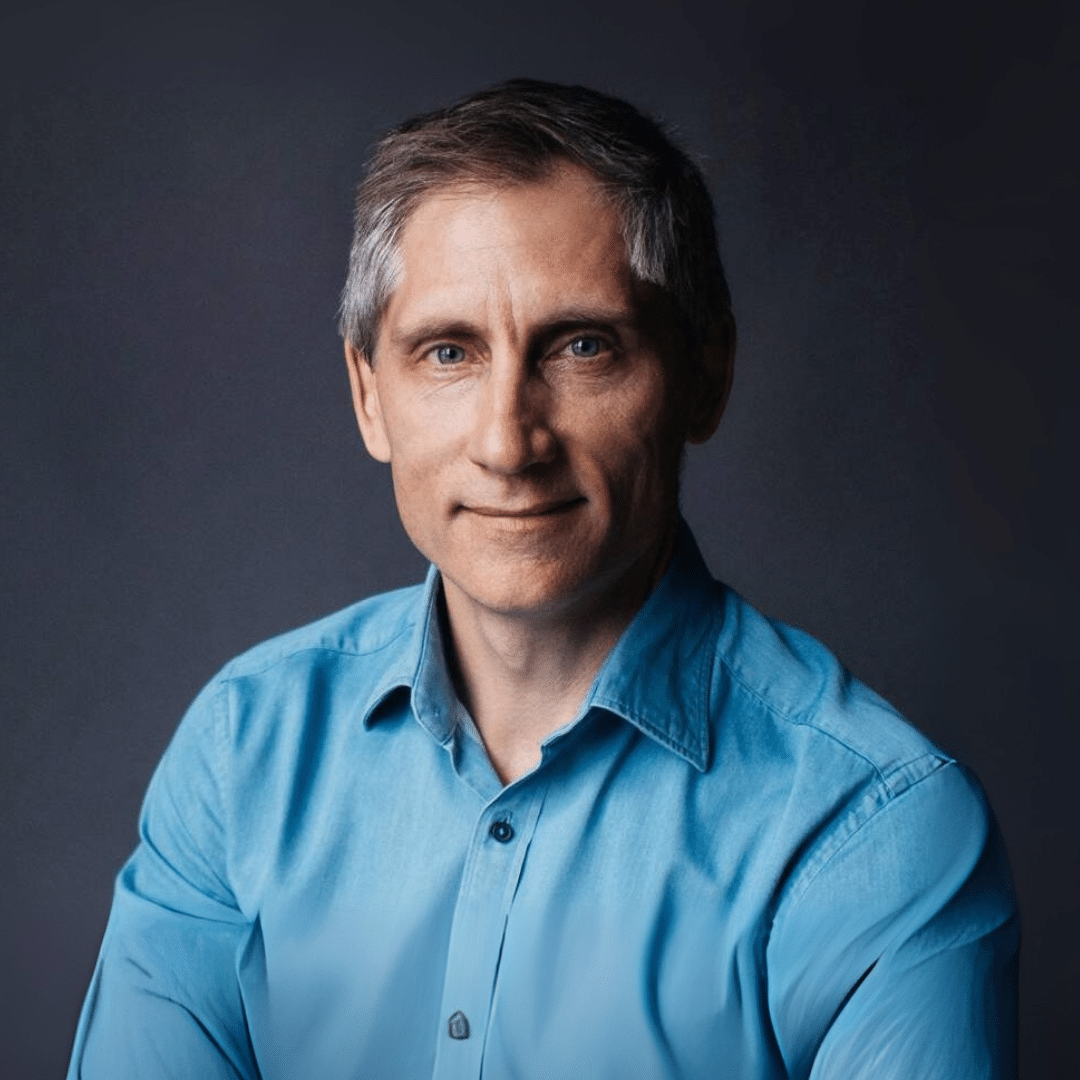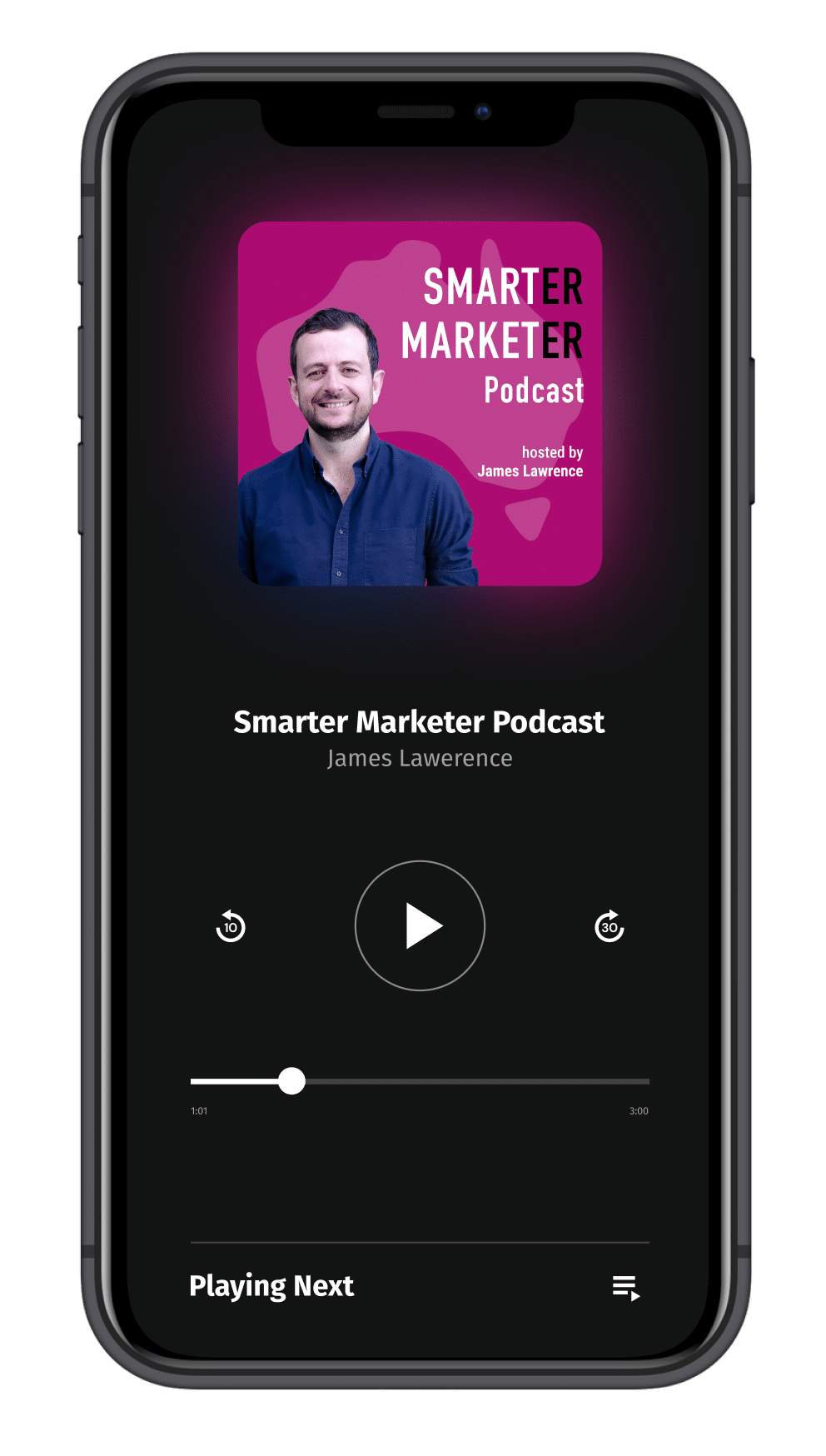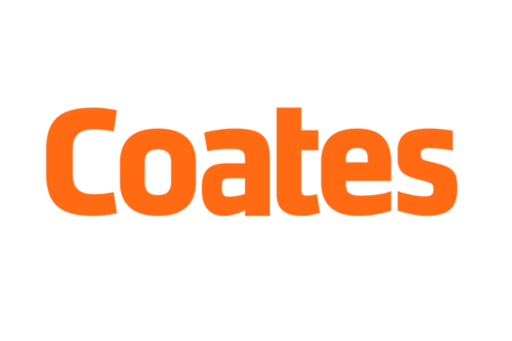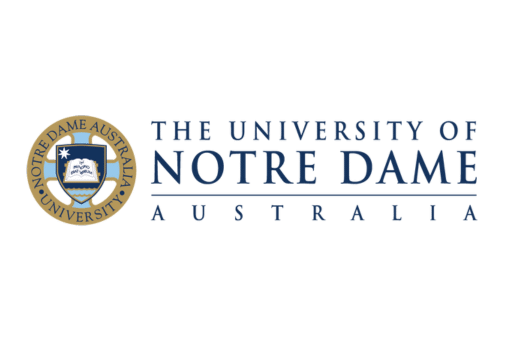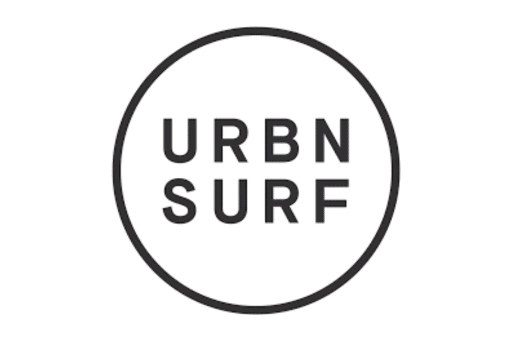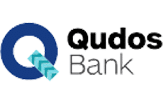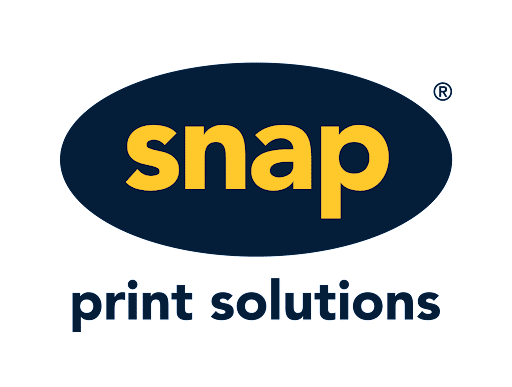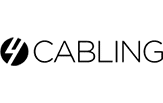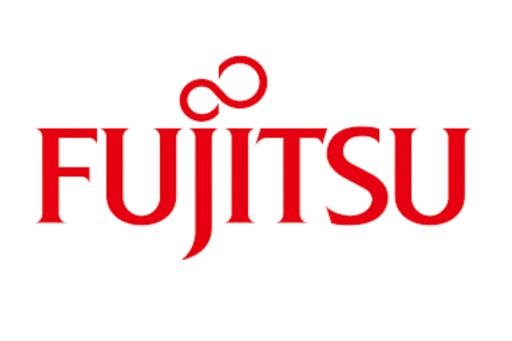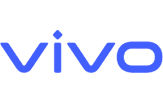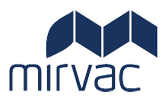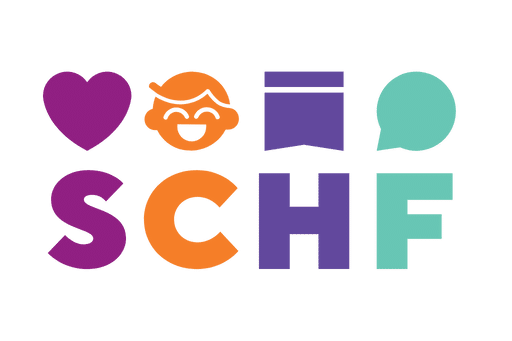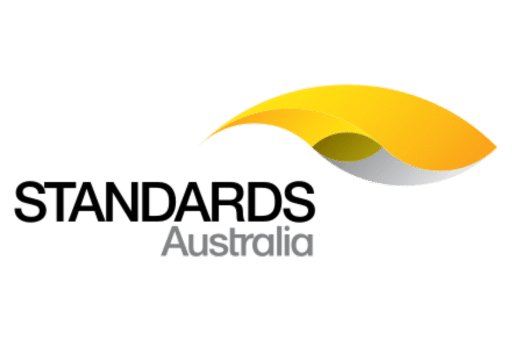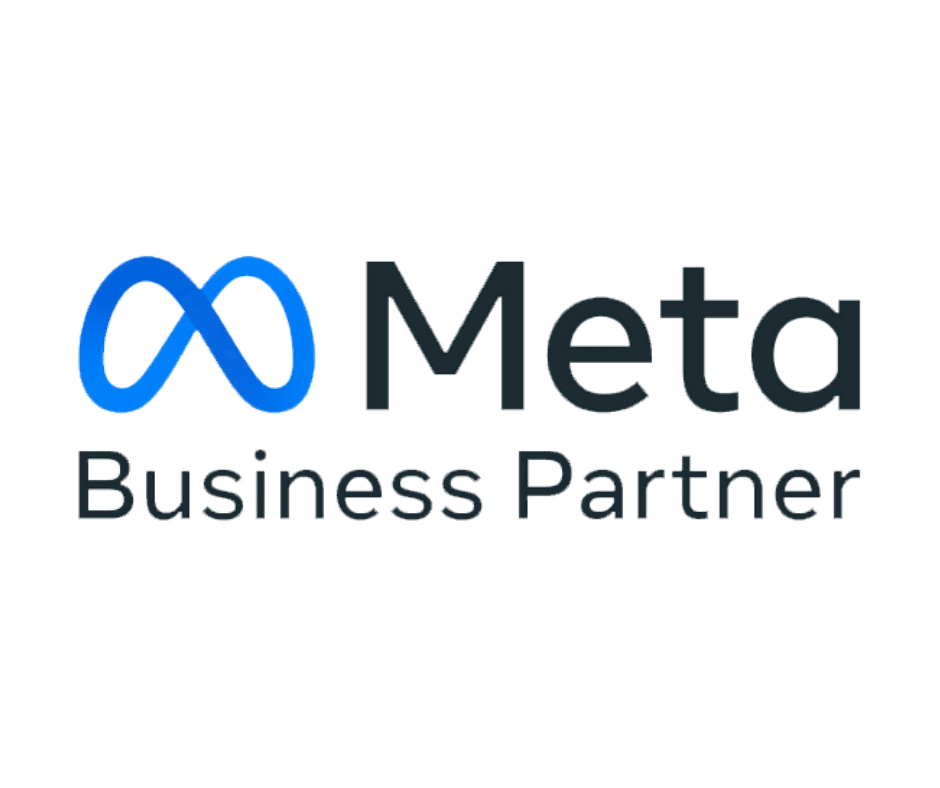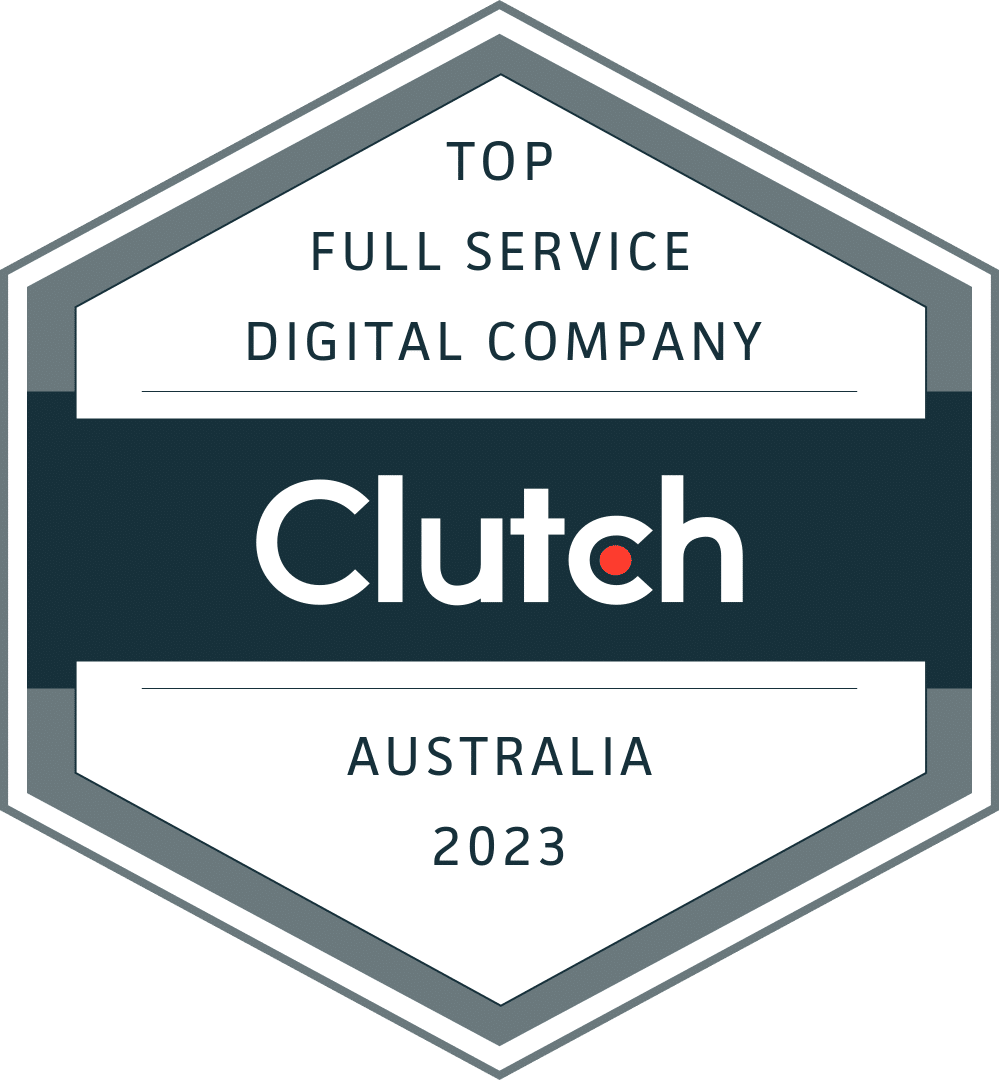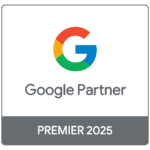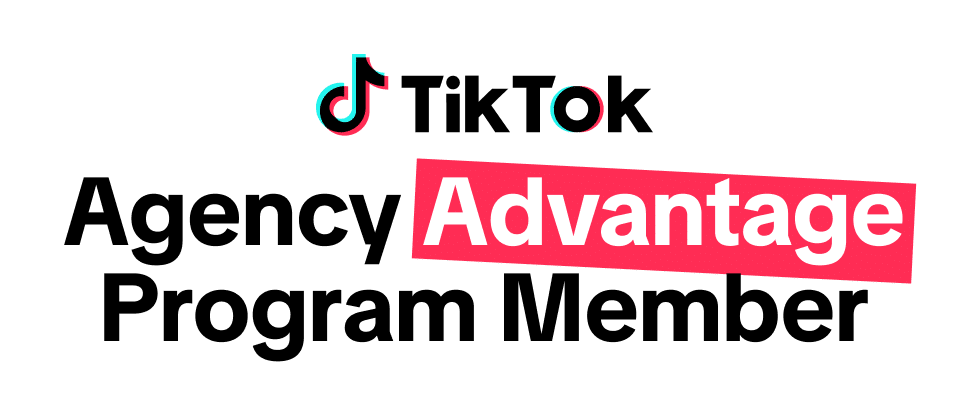Buying Outcomes, Not Deliverables: Rethinking Client-Agency Partnerships
Episode Description:
For decades the agency-client relationship has worked on a transactional view of marketing and creative services. Agencies gave away their best thinking upfront, clients judged on surface-level ideas and both sides accepted a process that often undervalued expertise.
In this Smarter Marketer Podcast episode, Host James Lawrence and renowned author Blair Enns discuss how the future of creative and professional services lies in changing how we buy, sell and trust expertise. Whether you’re in-house or agency-side, these shifts carry big implications for how you choose partners and build lasting relationships that drive marketing success.
Key Takeaways:
- Why traditional pitching often undervalues creative work and what it takes to break free from it
- How specialisation is the key to differentiation, growth and global reach
- What three-option proposals and value-based pricing reveal about how expertise should really be sold
- Why selling is less about the big presentation and more about a series of meaningful conversations
- How AI is fragmenting the market and empowering smaller, more specialised players
- What in-house marketers can do to unlock more value from their agency partners
Meet James Lawrence
Host, Smarter Marketer Podcast
Co-Founder of multi-award-winning Australian digital marketing agency Rocket, keynote speaker, host of Apple #1 Marketing Podcast, Smarter Marketer, and B&T Marketer of the Year Finalist.
James’ 15-year marketing career working with more than 500 in-house marketing teams and two decades of experience building one of Australia's top independent agencies inspired the release of Smarter Marketer in 2022, the definitive podcast for Australian marketers. The show brings together leading marketers, business leaders and thinkers to share the strategies that actually move the needle.
Each episode offers candid conversations, hard-won lessons and practical insights you can apply straight away.










James has delivered keynotes at:
Blair Enns
Founder, Win Without Pitching
About the Guest
Blair Enns is the founder of Win Without Pitching, a sales training organisation for creative and professional services firms. He is the author of The Win Without Pitching Manifesto, Pricing Creativity and The Four Conversations: A New Model for Selling Expertise. Blair is also the co-host of the widely followed 2Bobs podcast.
You can follow Blair on LinkedIn.
Transcript
James Lawrence: Welcome back to the Smarter Marketer Podcast. I'm here today with Blair Enns. Blair, welcome to the pod.
Blair Enns: Thanks, James. My pleasure.
James Lawrence: Very nice to have you on all the way from Canada. I’ll quickly introduce you. Blair is the founder of Win Without Pitching and the author of The Win Without Pitching Manifesto, Pricing Creativity, and The Four Conversations. He’s also the co-host of the very popular Two Bobs podcast, which I was saying before recording is one of the shows I listen to religiously.
Blair, you’re a world-leading authority on selling and pricing creative marketing as well as professional services. The audience for this podcast is largely Australian in-house marketers, although we do have some agency-side listeners as well. I think most agency principals and owners in Australia follow your work, have read your books, listened to your podcast, and engaged with your thought leadership. For in-house marketers, your work may be less familiar, but I think it’s really interesting to go through the principles you teach to agency owners like myself. There’s a lot of overlap and value for in-house marketers too.
So, to kick things off, could we go back to how Win Without Pitching came to be?
Blair Enns: The first book, The Win Without Pitching Manifesto, I published in 2010. I launched the business, Win Without Pitching, in 2002 — eight years prior. I was a solo consultant serving independent agencies, helping them get better at selling their services. The value proposition is right there in the name: Win Without Pitching. I was in the business of deprogramming agencies of their need to give their highest-value offering away for free.
I see myself as a writer first, and an entrepreneur and consultant second. I had felt pressure for years to write a book but was waiting for the right format. One day, I wrote a post called 12 Proclamations for the New Year. That post blew up, and I realised, okay, that’s the book. That was the genesis.
James Lawrence: Can we talk about the principles of The Win Without Pitching Manifesto? Because often there’s this divide between in-house marketers — how they put a tender together, how they build an RFP, how they think they’re serving their business — and the agency perspective, where responding to those traditional pitches and tenders is challenging. What is the core philosophy behind Win Without Pitching?
Blair Enns: The core idea is that you should be able to secure business without giving away your highest-value product in a free pitch. When I launched the business, I had moved my young family to a remote village in British Columbia, Canada, with no clear way to earn a living. I had been working in agencies, from some of the largest ad agencies in the world to small design firms, and I was struck by how ridiculous the sales process was.
Selling creativity is difficult, and it’s often harder to buy it than to sell it. The agency’s promise is, “We’ll come up with ideas that will blow your mind, create value, and help you achieve your goals.” That’s a hard thing to buy without proof. Clients invite agencies to cross the line between proving their ability and actually doing the work. Agencies, conditioned to sell this way, end up giving away ideas for free.
The principle of Win Without Pitching is: value yourself and make it easier for clients to buy. That starts with specialisation. You need to build a meaningfully differentiated business — either by vertical or discipline — so clients see you as an expert rather than interchangeable with 10 others. Then, instead of proving your worth with free creative, you structure the sale in steps: diagnose the problem, create a strategy, and gradually build the relationship. Break the engagement into smaller stages, reduce risk for the client, and make the process conversational rather than transactional.
James Lawrence: From the agency side, we’re fortunate that we don’t usually engage in RFPs or tenders unless we’ve been able to have conversations upfront and go through our process. Without that, it’s almost impossible to put together a meaningful solution.
Blair Enns: Exactly. Anybody good at what they do has a defined way of doing it. In pitches, clients often dismiss that process and force agencies to follow their methodology. It’s like telling a doctor, “Here’s my diagnosis and the surgery I need. Just do it.” No doctor would work that way — it’s malpractice. Yet agencies accept this from clients.
James Lawrence: Right, you wouldn’t walk into your doctor’s office and prescribe your own surgery. You’d lean on their expertise.
Blair Enns: Exactly. Agencies need to reclaim that authority by sticking to their process, narrowing their focus, and structuring engagements to create trust and reduce risk.
James Lawrence: What trends are you seeing with specialisation? In Australia, we often see CMOs with a mix of agencies — sometimes a village model, sometimes full-service partners. In North America, there seems to be more extreme specialisation. What’s happening globally?
Blair Enns: I don’t see a trend back toward generalist firms. The market is bifurcated. On one side, you have the very large, often global generalist firms. On the other, you have highly specialized firms that focus narrowly — sometimes in ways you couldn’t have predicted five or ten years ago. Many blend design, consulting, software engineering, and increasingly AI.
Smaller markets like Australia and Canada tend to have less extreme specialisation than the US or UK. But the principle holds: the more specialised you are, the further your reach. A highly specialised firm can attract clients globally. A generalist tends to be limited geographically.
James Lawrence: That’s true. The number of agencies in Australia has exploded over the last decade, and a lot of small, focused independents are thriving. Often global brands have central relationships signed in New York or London, but local offices still look for capable independents when they can.
Blair Enns: Exactly. Specialisation allows smaller firms to punch above their weight. Tools and technology also make it easier for fewer people to do more. That’s why we’ll continue to see smaller, specialised firms succeed.
James Lawrence: Let’s shift to your second book, Pricing Creativity. Could you explain some of the bigger concepts there?
Blair Enns: A few years ago, you started to see more one-page proposals with three options. I didn’t invent them, but I popularised them in the creative space. When done properly, they’re empowering for the client. The idea is simple: instead of just quoting a single solution, you offer three options. The first is the “provocative” option — bigger and more ambitious than what the client asked for. The second is aligned with their budget. The third sits somewhere in between.
This approach reframes the conversation. Rather than being an order-taker, you’re positioning yourself as an expert and trusted advisor. You’re showing different paths and letting the client decide based on appetite and risk.
James Lawrence: That makes sense. It also comes back to the idea of being an expert rather than just taking orders. If you’re serious about solving the problem, you need to be able to shape the approach, not just price out what’s asked for.
Blair Enns: Exactly. And every option you present should be one you’d be happy to deliver. It’s not about manipulation or gouging — it’s about genuinely offering different ways to create value.
James Lawrence: Let’s talk about value-based pricing. Can you explain what it is, what it isn’t, and when it’s appropriate?
Blair Enns: Value-based pricing aligns incentives between client and agency. As a buyer of creative services, you can buy time and materials, you can buy deliverables, or you can buy value. Value-based pricing means paying for the outcomes created, not the hours or outputs.
For example, if you want blog posts to drive traffic and revenue, we can charge hourly, charge per blog post, or structure a fee based on the business value generated. When done right, value-based pricing creates a true partnership. But it requires trust and isn’t always suitable. Procurement, for example, often prefers buying units — hours or outputs — because it’s simpler. And performance-based models carry risks if incentives aren’t aligned.
James Lawrence: That’s true. We’ve seen situations where agencies hit the agreed metrics, but finance or procurement refused to pay the incentives.
Blair Enns: Exactly. That’s why value-based or performance pricing requires trust at multiple levels of the organization. It can work beautifully, but not with every client.
James Lawrence: Let’s talk about your latest book, The Four Conversations. Why did you write it?
Blair Enns: In part, it overlaps with Pricing Creativity. But I wanted to put our entire model out into the world. We see the sale as a series of four linear, discrete conversations. By sharing the model, our training programs could focus more on practice and less on theory. The book broadens the audience beyond creative firms to anyone who is an expert first and a salesperson second. That includes consultants, architects, engineers, and advisors of all kinds.
James Lawrence: That’s really the business of expertise, as David Baker calls it.
Blair Enns: Exactly. If you’re an expert who also has to sell, our model is designed for you.
James Lawrence: We can’t finish without touching on AI. Where do you think we are in the hype cycle, and how do you see it impacting agencies and clients?
Blair Enns: We’re not at the peak yet. AI is amazing, and every day there are new use cases. It empowers small agencies and small businesses, enabling more fragmentation and independence. I don’t believe we’ll reach artificial superintelligence, but I do think AI will continue to transform tasks and workflows. It’s a powerful tool, and those who embrace it will thrive.
James Lawrence: I read recently that even if the technology doesn’t improve further, adoption alone will take years to play out. That seems right — it’s as much about culture, institutions, and adaptation as it is about the tech itself.
Blair Enns: Exactly. The real opportunity is in rethinking how we work, not just automating tasks. Agencies and professionals who see AI as a partner in solving new problems will be best positioned.
James Lawrence: For in-house marketers listening, what would you urge them to do to get more value out of their agencies?
Blair Enns: Recognise that an agency’s superpower is the ability to think differently about your problem. Even if you’ve self-diagnosed and prescribed a solution, give them the freedom to approach it differently. That’s where the most value lies.
James Lawrence: That’s a great point. Blair, thank you so much for joining me on the Smarter Marketer Podcast.
Blair Enns: Thanks, James. I enjoyed it.
